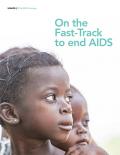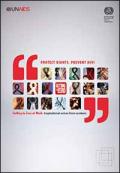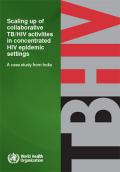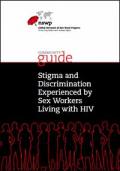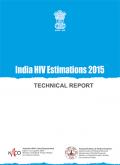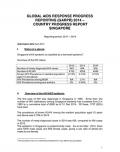Publications on People Living With HIV (PLHIV)

Baseline Characteristics of Patients Attending the SHC in the First 3 1⁄2 Months of Clinic Operation
Resource | Presentations,
This presentation summarizes the report which aims to study the baseline characteristics of enrolled patients in the first 3 1/2 months of SHC operation.
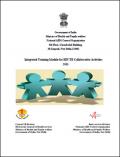
Resource | Tools,
To mitigate the effect of dual burden of HIV and TB co-infection the ministry of Health and Family Welfare, Government of India through its National AIDS Control Organisation (NACO) and Central TB Division has been undertaking joint collaborative efforts as per the National Framework for HIV TB collaborative activities in India.
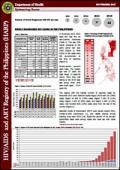
Resource | Fact Sheets,
In November 2015, there were 627 new HIV Ab sero-positive individuals. This was 27% higher compared to the same period last year (492). Most (92%) of the cases were still asymptomatic at the time of reporting.
Ninety-seven percent were male. The median age was 27 years old (age range: 13 years-62 years). More than half belong to the 25-34 year age group while 30% were youth aged 15-24 years old.
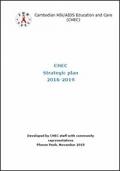
Resource | Publications,
This document is the sixth strategic plan for CHEC, representing its sixth cycle of positive intervention in the lives of people living with HIV and AIDS and their families. The CHEC programme currently consists of four projects: the Gender-Based Violence (GBV) Project, Out of School Youth Project, Home-Based Care Project and Nutrition project.






